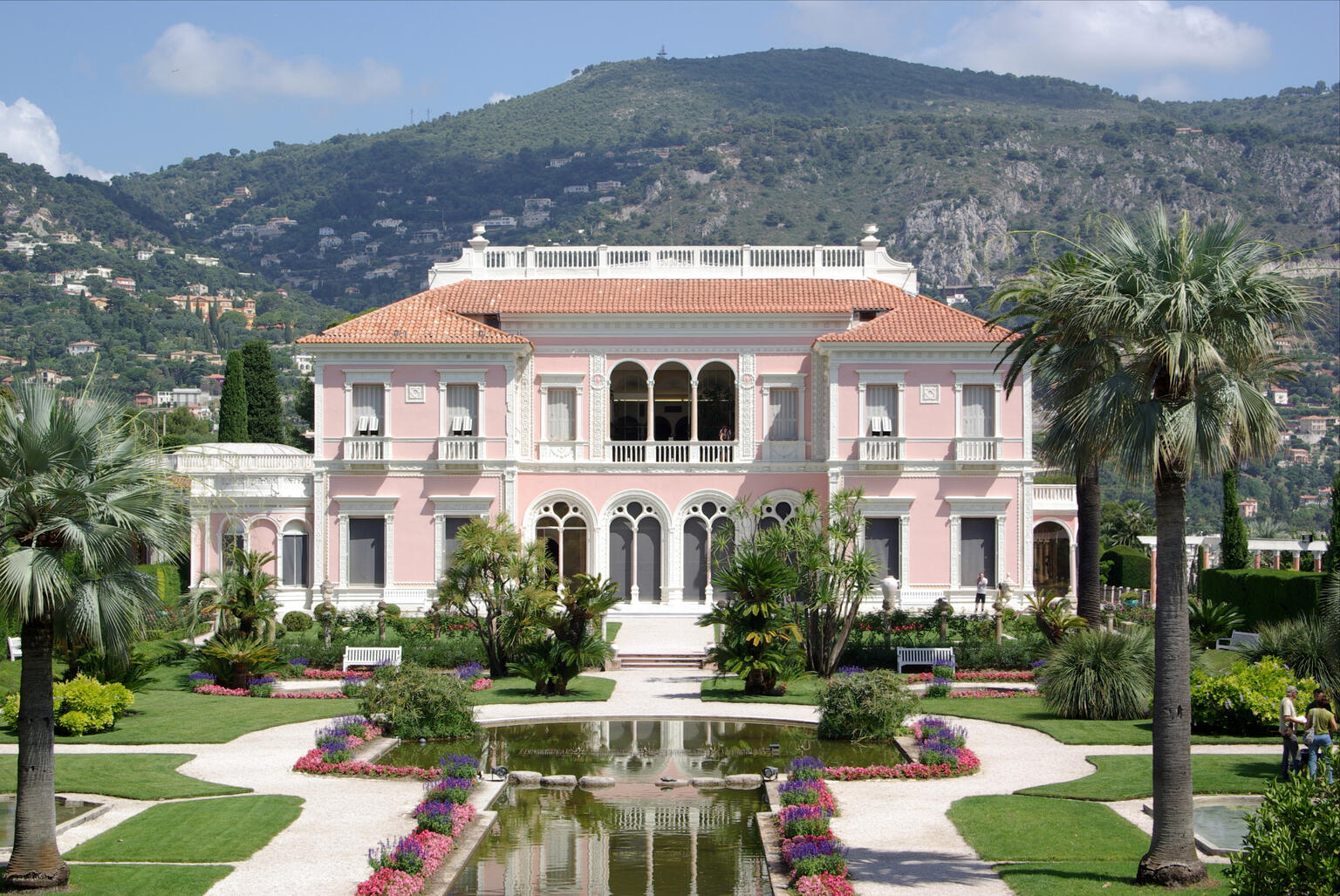Villa Ephrussi de Rothschild
Aaron Messiah
1905
The neoclassical Villa Ephrussi de Rothschild, designed for the Baroness Charlotte Béatrice de Rothschild, remains Aaron Messiah’s most famous work. Located in Cap Ferrat in southern France, the building, surrounded by gardens, has a loggia with a view of the sea on all sides, meant to resemble the bridge of a ship, a design reportedly inspired by the baroness’s fond memories of an ocean voyage.
Credits
Photo by Berthold Werner, June 10, 2011. Licensed under (CC BY-SA 3.0).
Published in: The Posen Library of Jewish Culture and Civilization, vol. 7.
You may also like
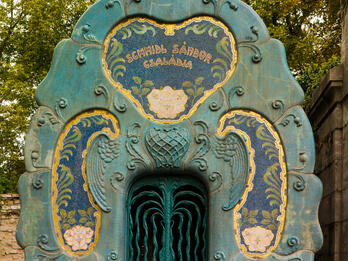
Sandor Schmidl Mausoleum (Budapest)
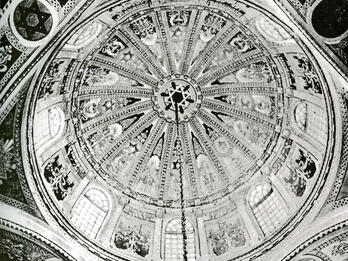
Sha‘ar Hashamayim Synagogue Dome
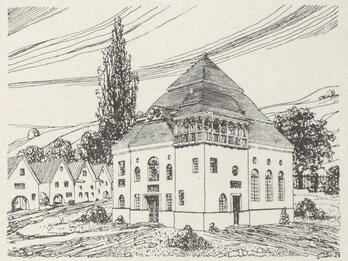
Synagogue of the Old Cemetery of Lemberg (L'viv) (Reconstruction)
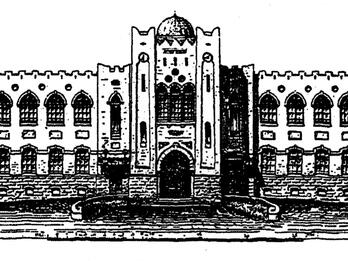
Herzliya Hebrew Gymnasium
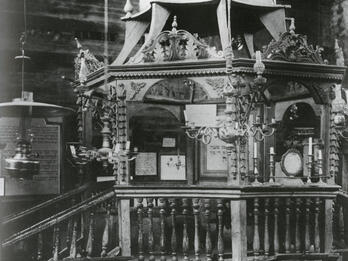
The Bimah at the Wooden Synagogue, Kamionka Strumiłowa
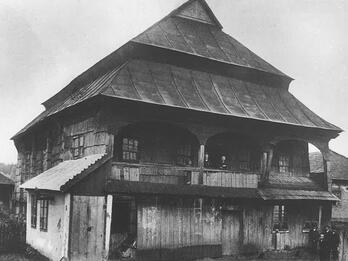
Jabłonów Wooden Synagogue
Creator Bio
Aaron Messiah
Born in Nice to a family in the textile business, Aaron Messiah began an architectural apprenticeship at the age of fourteen after his family suffered financial losses. In his twenties, he designed buildings for Protestant churches in Nice, going on to work for several powerful clients, including, notably, King Leopold II of Belgium. The neoclassical Villa Ephrussi de Rothschild, designed for the Baroness Charlotte Béatrice de Rothschild, remains Messiah’s most famous work. Located in Cap Ferrat in southern France, the building, surrounded by gardens, has a loggia with a view of the sea on all sides, meant to resemble the bridge of a ship, a design reportedly inspired by the baroness’s fond memories of an ocean voyage.
You may also like

Sandor Schmidl Mausoleum (Budapest)

Sha‘ar Hashamayim Synagogue Dome

Synagogue of the Old Cemetery of Lemberg (L'viv) (Reconstruction)

Herzliya Hebrew Gymnasium

The Bimah at the Wooden Synagogue, Kamionka Strumiłowa



